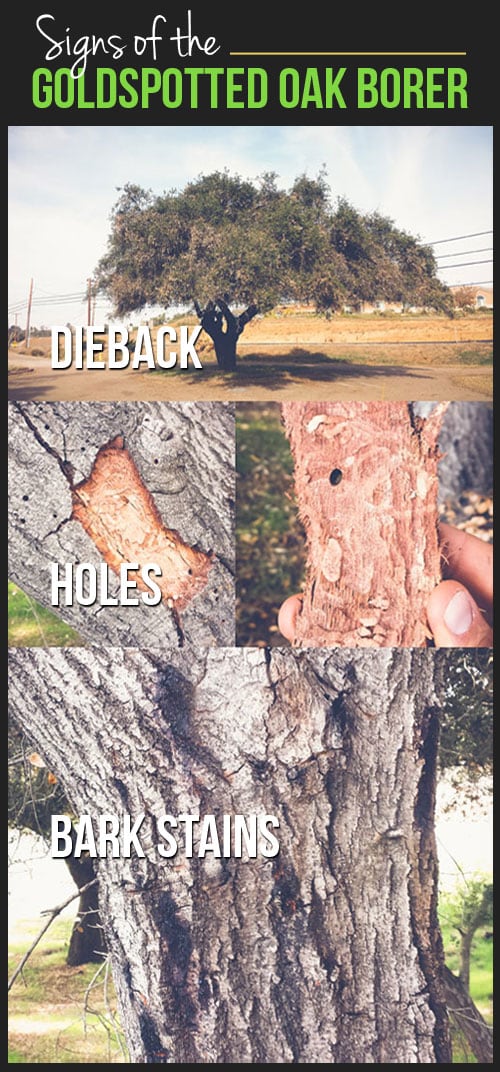Seasonal Tree Upkeep: Guidelines For Handling Trees Prior To And After They Are Eliminated
Seasonal Tree Upkeep: Guidelines For Handling Trees Prior To And After They Are Eliminated
Blog Article
Web Content Composed By-
When it concerns seasonal tree treatment, making sure correct management before and after removal can significantly impact the health and wellness and looks of your landscape. By recognizing the needed actions associated with analyzing tree health and preparing for elimination, you can proactively protect your residential property. But what concerning the essential techniques to adhere to once the tree is gone? Remain tuned to discover the important post-removal care actions that will help you cultivate a thriving and lasting atmosphere for your trees.
Pre-Removal Tree Treatment
Before resolving the removal of a tree, it's critical to focus on pre-removal tree treatment. Begin by analyzing the tree's health and wellness and structural integrity. Seek indicators of disease, pest invasions, or any kind of architectural issues that might pose a safety threat throughout elimination. It's vital to speak with a certified arborist to figure out the very best strategy.
Pruning dead or diseased branches can prevent more damage to the tree and guarantee a smoother elimination procedure.
Furthermore, consider the ecological effect of removing the tree. Trees play a vital duty in our community, so planting a brand-new tree in a suitable area can assist offset any type of loss. Guarantee that you have the needed permits and authorizations for tree elimination, particularly if the tree is protected by regional guidelines.
Seasonal Maintenance Tips
Evaluating your tree's demands throughout the year is necessary for its wellness and long life. To keep your trees in leading condition, follow these seasonal upkeep suggestions.
In springtime, focus on pruning to get rid of dead or damaged branches and urge brand-new growth.
view site… requires normal watering, particularly throughout droughts, to guarantee your tree remains hydrated.
As fall methods, watch out for early indicators of illness or stress, and take into consideration applying mulch to protect the origins during winter months.
In wintertime, beware when eliminating snow from branches to prevent damage, and continue to check your tree's total wellness.
Keep in mind to change your treatment routine based on the certain needs of your tree species and local environment. By staying alert and proactive throughout the periods, you can assist your trees grow and thrive for years to find.
Post-Removal Tree Treatment
To make sure the health of your landscape also after tree removal, proper post-removal care is crucial. After a tree is removed, it's critical to fill the staying opening with topsoil and small it to stop settling. https://www.treehugger.com/landscape-ideas-people-who-arent-good-plants-4863643 will assist keep the integrity of the ground and avoid possible threats in the future.
Consider growing brand-new plants instead of the gotten rid of tree to bring back the balance and appearances of your landscape. Consistently water the area to promote the growth of new plants and stop dirt disintegration.
Examine the surrounding trees for any signs of illness or tension that might have been triggered by the gotten rid of tree. Watch out for bugs that could've been drawn in to the previous tree and take preventive measures to protect the remaining greenery.
If required, consult with a specialist arborist to analyze the influence of the elimination on the bordering trees and determine any additional care needed. By complying with these post-removal treatment steps, you can make sure the ongoing health and elegance of your landscape.
Final thought
To conclude, proactive seasonal tree treatment is vital for preserving the health and wellness and balance of your landscape. By evaluating tree health, trimming, and talking to an arborist before removal, you can ensure a risk-free process. After removal, filling up the hole, planting new plants, and regular watering will advertise new development and stop disintegration. Keep in mind to inspect bordering trees for disease and look for further treatment steps from an arborist to keep your landscape growing.
